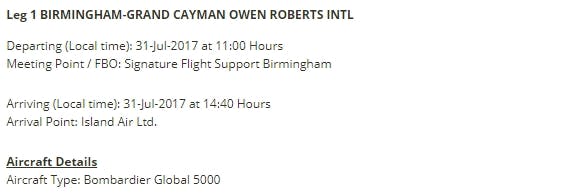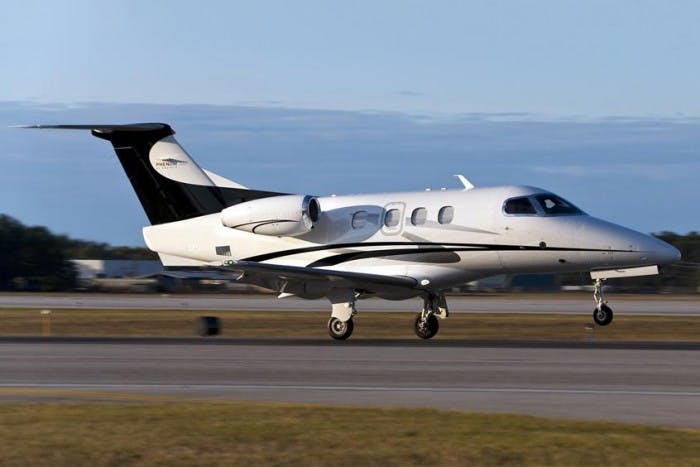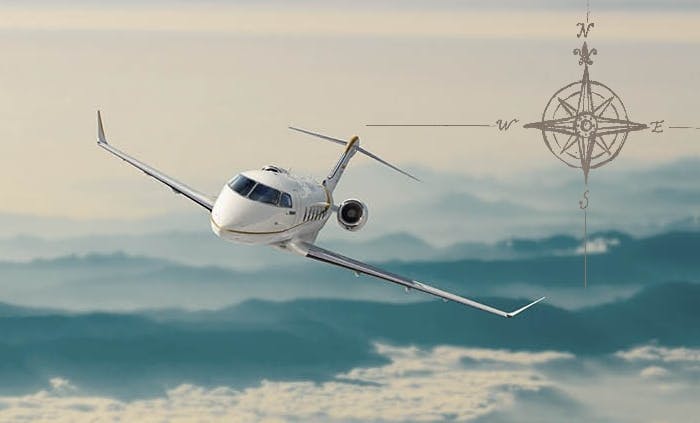How to calculate flight times across time zones
Time is an essential element of flight planning: What’s the fastest way of getting there? How long is the flight? And what time will it be on arrival?
For many clients, this can also include consideration of the time zones in their points of origin and arrival – and the impact of their itinerary on jet lag.
One of the biggest advantages of private jet charter, compared to airline travel, is the flexibility it gives for itinerary planning. You can design your schedule and take-off time, to ensure you arrive on time – and on top form.

Our team will always help clients work out the implications of different time zones on their travel plans. But here’s our short guide to doing the maths yourself.
UTC, GMT, Zulu…how to decipher time zone acronyms
In aviation, acronyms are commonplace, from airport codes to pilot speak. And the expression of the time has many of its own.
The international civil time standard was for a long time Greenwich Mean Time (GMT). This is the time on the Greenwich meridian line, which passes through the centre of London, at the Royal Observatory.
GMT was superseded by Coordinated Universal Time (UTC) in 1960, which is considered equivalent to GMT for UK civil purposes and is the international time standard by which the world regulates the time. GMT and UTC are very similar, but UTC is more precise and does not observe daylight saving time.
And Zulu? This is simply a shortcut used by pilots and other aviation professionals to mean Coordinated Universal Time.
What time is indicated on a flight plan?
Some countries and groups of countries fall in a single time zone. While others, including the United States, Canada and Australia, have multiple time zones within their borders.
To avoid confusion, here at PrivateFly – in common with other operators or airlines – we always use local time on our plans and schedules, when communicating with travellers. And we always use the 24-hour clock (13.00 instead of 1pm) to avoid any confusion around am and pm.

So the time we use is the time on the ground when you depart or arrive – regardless of whether this is in a different time zone to the other end of the journey.
In the excerpt from a recent itinerary below, the traveller is departing at 11:00 (local time) from Birmingham, and will arrive at the Cayman Islands at 14:40 the same day – but clearly the flight will take much more than 3 hours and 40 minutes!

How to plan an itinerary across time zones
Many of our customers choose a private jet to travel to meet important deadlines, in their business or personal life. We often receive questions such as:“I’m in New York and have to go to Dubai for a meeting at 3:00 pm, what time should I depart?”
Fortunately, our expert Flight Team is very experienced at these types of calculations, so we can give you the answers – and create a flight itinerary to make sure you land in plenty of time.

But if you’d like to do the calculation yourself, this is the process to use, to calculate your arrival time, whatever your starting point or destination:
1. Set local time of departure
2. Convert time to UTC
3. Add flight times
4. Convert to local time of your arrival time zone
Here is an example for a flight from London to Nice, which departed on 4 August at 13:00. The client’s question was “If I take off at 1:00 pm from London, would I be on time to pick up my children from school at 5:00 pm in Nice?”
| Date | Hour | Minute | |
| Depart from London (local time) | 04/08 | 13 | 00 |
| Conversion to UTC | -1 | 00 | |
| Departure from London (UTC) | 04/08 | 12 | 00 |
| Flight duration | +2 | 00 | |
| Arrival in Nice (UTC) | 04/08 | 14 | 00 |
| Conversion to local time | +2 | 00 | |
| Arrival in Nice (local time) | 04/08 | 16 | 00 |
So our our client arrived in plenty of time to pick up his children at the school at 17:00.
What impact does the flight direction have on jet lag?
In general, it is considered easier to recover from a westbound flight, than an eastbound one.
Our bodies adjust better to an extension of the day (which happens when we fly to the west), than to a shortening of the day – which has a bigger disruptive effect to our sleep cycle.

On a westward flight, the aircraft is moving in the opposite direction to the Earth’s rotation. It is even possible under certain conditions to effectively ‘go back in time’ (see how to celebrate New Year twice).
When travelling eastward, the ‘loss’ of time can be many hours on long-haul flights. Learn more about our tips to minimise jet lag.
Our expert Flight Team can advise on your itinerary to make sure you arrive on time – and on top form. For flight prices and advice contact us or call (24 hours) +44 (0)20 7100 6960.
Related content

How much luggage can I take on a private jet?

Our latest exclusive Jet Card event at Dom Pérignon Maison



